Question:1
How would you conduct yourself when approaching a place, as described in the picture?

Category : Safety
Question:2
How are you required to conduct yourself in the following road conditions?
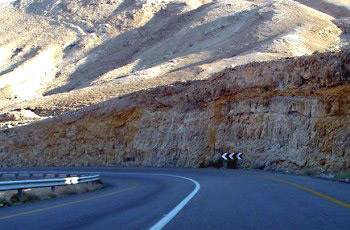
Category : Safety
Question:3
What is a vehicle’s “stopping distance”?
Category : Safety
Question:4
In order to start driving, what is the action the driver has to take before releasing the hand-brake in a vehicle with automatic transmission?
Category : Safety
Question:5
What are the characteristics of a mountain road?

Category : Safety
Question:6
What is the first thing you need to do after entering the vehicle and before starting to drive?
Category : Safety
Question:7
Is it obligatory to use an appropriate lower gear on every steep descent?
Category : Safety
Question:8
What is a driver required to do when he feels tired during night-driving?
Category : Safety
Question:9
How should one change lanes?
Category : Safety
Question:10
How would you conduct yourself according to the picture?

Category : Safety
Question:11
What are we required to check and verify before starting-up the vehicle’s engine?
Category : Safety
Question:12
The driver’s reaction distance is the distance covered by the vehicle:
Category : Safety
Question:13
When you apply the brake pedal during an emergency braking:
Category : Safety
Question:14
Does a-can of beer have a lesser effect on a driver compared to a whisky shot?
Category : Safety
Question:15
“Drinking alcohol disrupts the driver’s judgment and as a result he takes more risks”: Correct or incorrect?
Category : Safety
Question:16
What is a bus driver required to check before moving the bus?
Category : Safety
Question:17
How will a dirty front lamp influence night driving?
Category : Safety
Question:18
How would you conduct yourself on the following road section?
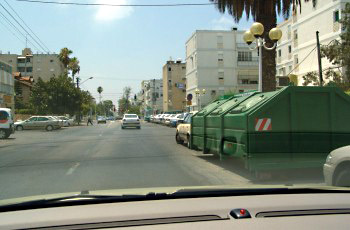
Category : Safety
Question:19
When is a vehicle affected by centrifugal force?
Category : Safety
Question:20
How are you required to conduct yourself according to the following road signs?
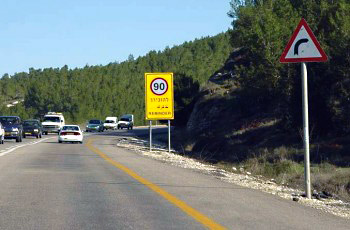
Category : Safety
Question:21
Which type of vehicle is allowed to stop or be left standing on the hard shoulder of an inter-urban road which is marked as a main road?
Category : Safety
Question:22
How are you required to conduct yourself according to the following picture?

Category : Safety
Question:23
What is the problem in the following picture?
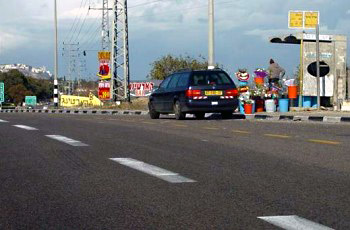
Category : Safety
Question:24
The reaction distance is the distance covered by the vehicle:
Category : Safety
Question:25
In the following picture, the response of the drivers to the vehicle that comes out of parking is unclear. How is the truck driver required to respond to this situation?

Category : Safety
Question:26
What is the advantage of driving on the right side of the road?
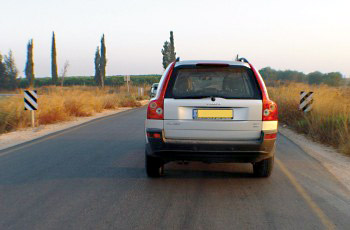
Category : Safety
Question:27
According to the following picture you are obliged to:

Category : Safety
Question:28
Can a refreshment break whilst driving lessen the driver’s tiredness?
Category : Safety
Question:29
What is the main problem a driver faces when he approaches an intersection?
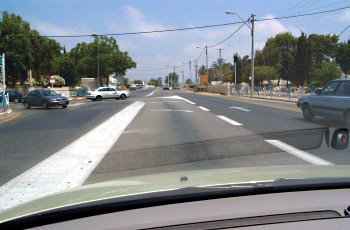
Category : Safety
Question:30
How are you required to conduct yourself according to the situation depicted in the following picture?
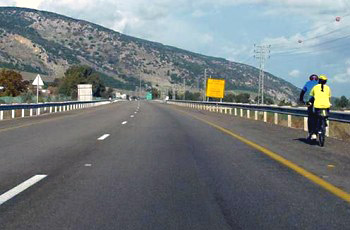
Category : Safety

